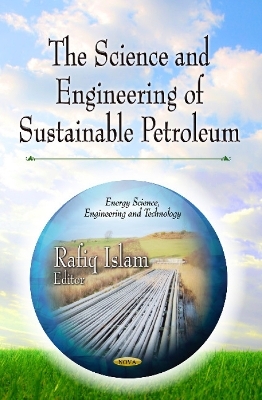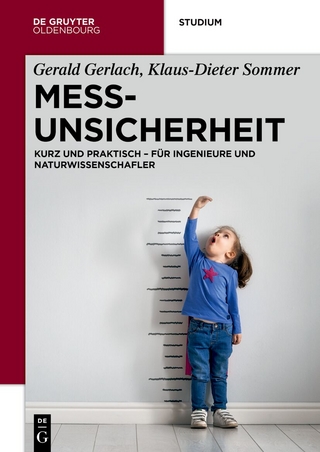
Science & Engineering of Sustainable Petroleum
Nova Science Publishers Inc (Verlag)
978-1-62618-601-9 (ISBN)
Preface; The Effect of Temperature on Crude Oil Viscosity in the Presence of EO/PO Block Copolymer; Nanofiber Diameter Prediction for Optimization of Laminated Nanostructured Material for Filtration of Toxic Particles; Prediction of Asphaltene Precipitation with Different Types of Scaling Equations; Intensified Desalting of the Gas Distillate in Turbulent Flows; An Evaluation of Gravel Packing as a Tool for Sand Production Control & Well Productivity Enhancement: Case Study of Four Wells in Niger Delta, Nigeria; Theoretical Analysis of Macromolecular Coil Connectivity Degree Influence on Autohesion Strength; A Model for Predicting Sand Production in Horizontal Wells; Nanostructured Energy Characteristics of Hydrocarbon Fuels; Evaluation of the KBr/ZnBr2 Brines as Injected Fluids in Well Completion Operations; The Temperature Dependence of Autohesion Strength for Miscible Polymer Pairs; Hydrodynamics of Sand-Oil-Gas Multiphase Flow in a Deviated Petroleum Well; Water Cresting Predictions in Horizontal Oil Wells; Geometry & Reinforcement Degree of Carbon Nanotubes in Polymer Nanocomposites; Modeling & Simulation of Bottomhole Pressure in Underbalanced Drilling with Drillpipe Rotation; Theoretical Analysis of Interfacial Phenomena in Polymer Nanocomposites; Electronic Excitation Energy Transfer between Molecules of Carbocyanine Dyes in Complexes with DNA: Stoichiometric & Pseudophase Models; Inorganic-Organic Hybrid Antibiocorrosive Covers Based on Polyurethanes & Coordination Compounds of Some Transition Metals; Modeling & Optimization of the Production of Methyl Tert-Butyl Ether & Methyl Acetate by Reactive Distillation; X-Ray Photoelectron Study of the Functionalization of Metal-Containing Carbon Nanotubes with Phosphorus & Nitrogen Atoms; IR Study of Silanol Modification of Ethylene Copolymers; Influence of Organic Zinc Inhibitors on Improvement of Corrosion Resistance of Carbon Steel; Complexation of Lecithin with Phenolic Antioxidants; Electronic Excitation Energy Transfer between Molecules of Carbocyanine Dyes in Complexes with DNA: Distribution of Distances in Donor-Acceptor Pairs; Index.
| Erscheint lt. Verlag | 1.7.2013 |
|---|---|
| Verlagsort | New York |
| Sprache | englisch |
| Maße | 155 x 230 mm |
| Gewicht | 652 g |
| Themenwelt | Naturwissenschaften ► Physik / Astronomie |
| Technik ► Elektrotechnik / Energietechnik | |
| ISBN-10 | 1-62618-601-4 / 1626186014 |
| ISBN-13 | 978-1-62618-601-9 / 9781626186019 |
| Zustand | Neuware |
| Haben Sie eine Frage zum Produkt? |
aus dem Bereich


